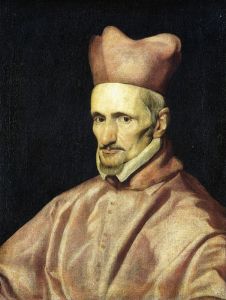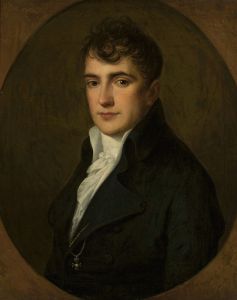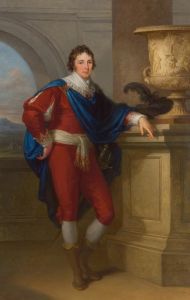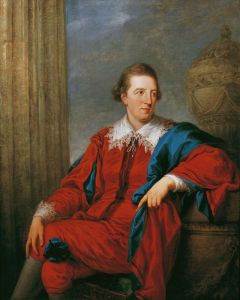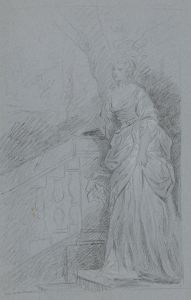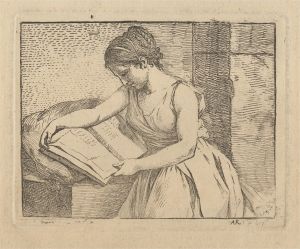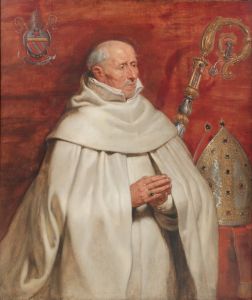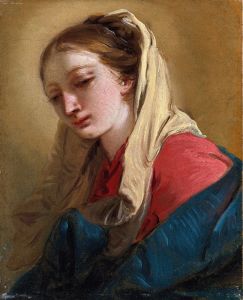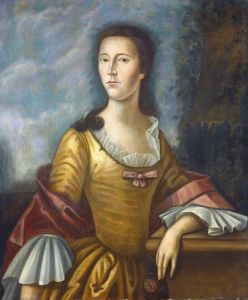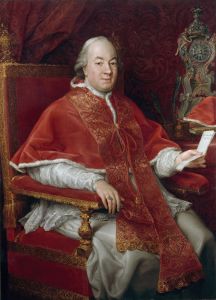
Monsignor Giuseppe Spina
A hand-painted replica of Angelica Kauffmann’s masterpiece Monsignor Giuseppe Spina, meticulously crafted by professional artists to capture the true essence of the original. Each piece is created with museum-quality canvas and rare mineral pigments, carefully painted by experienced artists with delicate brushstrokes and rich, layered colors to perfectly recreate the texture of the original artwork. Unlike machine-printed reproductions, this hand-painted version brings the painting to life, infused with the artist’s emotions and skill in every stroke. Whether for personal collection or home decoration, it instantly elevates the artistic atmosphere of any space.
Angelica Kauffmann, an eminent Swiss Neoclassical painter, created the portrait "Monsignor Giuseppe Spina" during the late 18th century. Kauffmann was renowned for her portraits and historical paintings, and she was one of the few female founding members of the Royal Academy in London. Her work is characterized by its elegance, attention to detail, and the ability to capture the personality and status of her subjects.
Monsignor Giuseppe Spina was an influential figure in the Catholic Church during a period of significant political and religious change in Europe. Born in 1756, Spina rose through the ecclesiastical ranks, eventually becoming a cardinal. His career was marked by his diplomatic skills and involvement in negotiations between the Papal States and various European powers. Spina played a crucial role in the Concordat of 1801, an agreement between Pope Pius VII and Napoleon Bonaparte that redefined the relationship between the Catholic Church and the French state following the disruptions of the French Revolution.
The portrait by Kauffmann captures Monsignor Spina in a dignified pose, reflecting his high status and the respect he commanded within the church hierarchy. Kauffmann's use of color and light in the painting highlights Spina's features and the richness of his ecclesiastical garments, which are indicative of his rank and the era's fashion. The background of the portrait is typically understated, a common feature in Kauffmann's work, which serves to focus attention on the subject.
Kauffmann's ability to convey the character and importance of her subjects made her a sought-after portraitist among the European elite. Her portraits often went beyond mere representation, offering insights into the personalities and lives of those she painted. In the case of Monsignor Spina, Kauffmann's work provides a glimpse into the life of a man who was deeply involved in the religious and political affairs of his time.
The painting is an example of Kauffmann's mature style, where she combines her classical training with a sensitivity to the individual character of her subjects. Her work was influenced by her extensive travels across Europe, where she absorbed various artistic traditions and styles, which she then incorporated into her own unique approach to portraiture.
Angelica Kauffmann's portraits, including that of Monsignor Giuseppe Spina, remain significant for their artistic merit and historical value. They offer a window into the lives of prominent figures of the 18th and early 19th centuries, capturing the essence of an era marked by profound change and development in both art and society. Kauffmann's legacy as a pioneering female artist continues to be celebrated, and her works are held in high esteem by art historians and collectors alike.





